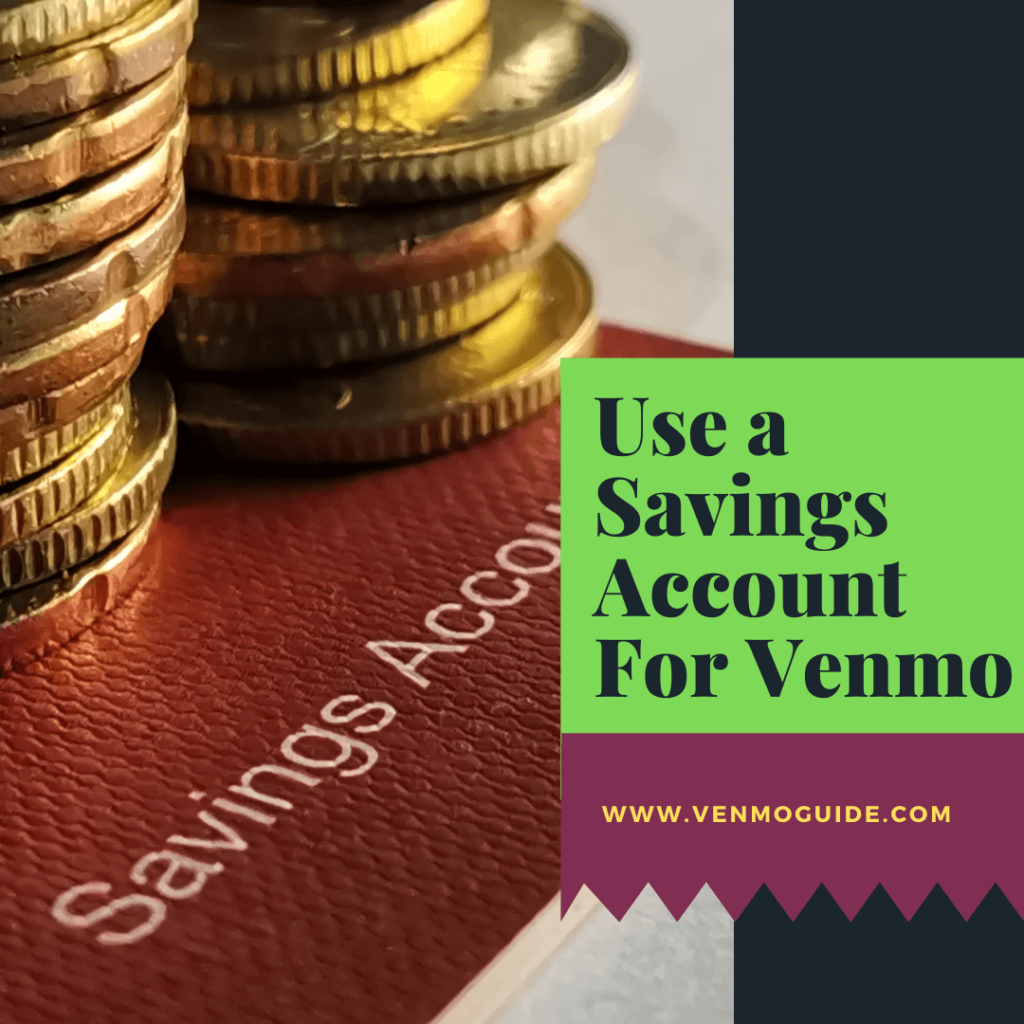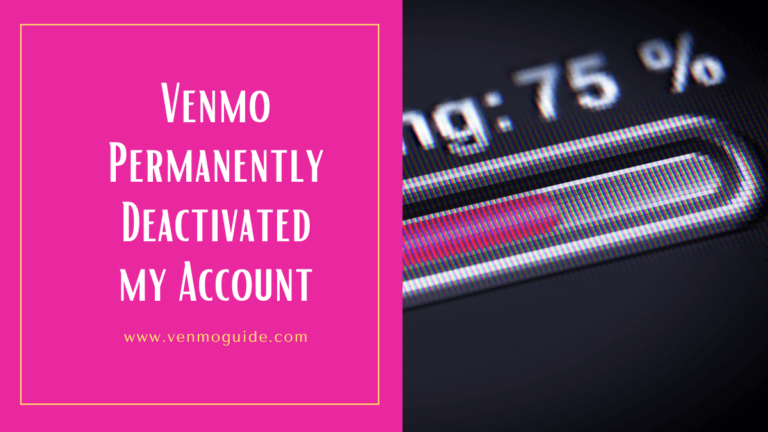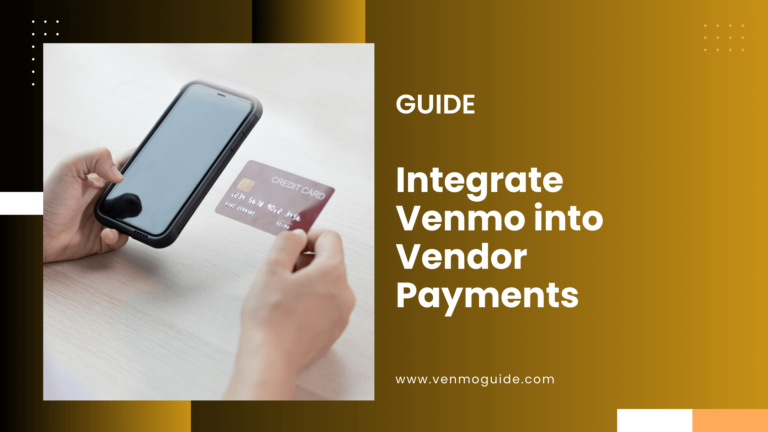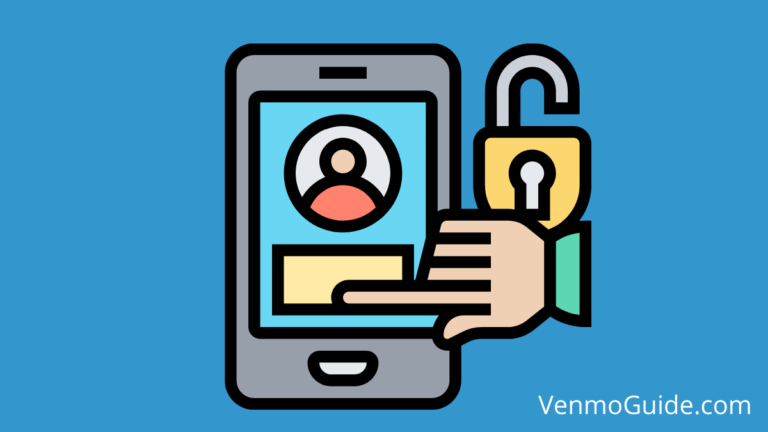Can You Use a Savings Account For Venmo?
No, you can’t use a savings account to fund your Venmo transactions as of 2024. This is because savings accounts don’t support electronic and ACH payments, including Venmo and other money apps.
Do you have a savings account and want to use it to fund your Venmo balance? Continue reading to learn if it’s possible or not.
If you’re not the type of person to often do online shopping, or if you don’t rely on your bank balance frequently, then you might have opted for a savings account instead of a checking one when you signed up at your bank.
So, suppose you now want to use that savings account for Venmo. Will it work properly? Is it even possible? Read on as we talk about savings accounts and Venmo.

Can You Link a Savings Account to Venmo?
No, you can’t use a savings account for your Venmo transactions, and you cannot link your savings account to Venmo as it falls under Venmo’s Invalid Bank accounts. You also can’t use a debit card issued on a savings account either.
Electronic transactions aren’t allowed for savings accounts, so you can’t use them or any card issued for them for mobile payment apps in general.
Adding a Savings Account to Venmo
As of 2022, you can’t link a savings account to Venmo, as savings accounts fall under Venmo’s “invalid bank accounts.”
Therefore, if you try to add a savings account, Venmo will tell you it’s invalid and present you with a message that says your account doesn’t support electronic and ACH transactions.
Why Can’t I Use a Savings Account For Venmo?
Savings accounts are a great place to store your money, collect interest, and save up. However, they aren’t really meant to be used for day-to-day transactions or expenses.
If savings account owners were allowed to withdraw money at any moment, banks would be susceptible to collapse if many of their customers withdrew their cash in a short time span.
We’ve already seen this happen to an extent during the Great Depression in the 1930s. At the time, many people withdrew all their money from banks, and in turn, the banks weren’t able to pay back their dues.
As a result, the federal government recognized this potential problem and decided to implement the Federal Reserve Board Regulation D, limiting if and how frequently owners of savings accounts can make certain types of transactions known as “convenient transactions.”
Federal Reserve Board Regulation D
What Is the Federal Reserve Board Regulation D?
The Federal Reserve Board’s job is to protect the U.S. economy as much as they can and encourage its stability and healthy growth.
When the board recognized the potential issues of allowing savings-account owners to use their accounts as normally as they would use a standard checking account, they implemented Regulation D to limit the number of convenient transactions made through a savings account.
The board also forced all banks to adhere to the regulation to prevent any issues across the country.
Initially, these convenient transactions were limited to just six per month, and they were made to encourage users to use savings accounts the way they were intended.
What Transactions Are Limited by Regulation D?
Limited transactions include the following:
- All transfers made over a phone, a computer, a fax machine, or any other mobile device
- Overdraft transfers
- Automated clearing house payments (ACH), such as automated utility payments and other recurring withdrawals
- Debit card transactions
- Electronic checks
- Online transfers, also known as electronic funds transfers (EFTs)
As you might’ve guessed, number six on that list is what Venmo falls under since funding a Venmo transaction counts as an online transfer/purchase.
Moreover, you won’t be able to use a debit card issued on a savings account as per the fourth restriction on that list.
How Does the Cancellation of Regulation D Affect Savings Accounts?
On April 24, 2020, the Federal Reserve Board stopped enforcing regulation D on banks to alleviate the economic ramifications of COVID-19 by allowing people to use their savings freely. However, many banks have since decided to keep the regulation in place.
We can’t tell for sure whether these banks are trying to preserve their liquidity or if this is a sign that Regulation D will be reinstated in the future. But, in any case, the Federal Reserve Board has renewed the cancellation on March 12, 2021.
It’s been two years since the initial cancellation, and most banks have been slow to cancel their own enforcements on savings accounts. Further, the Federal Reserve Board shows no indication of either reinstating Regulation D back or keeping savings accounts unregulated forever.
And despite all the fog surrounding this situation, we believe most banks may eventually follow suit with the Federal Reserve Board and drop Regulation D limitations. But until that happens, we’re stuck with what we have.
Besides, we can never be sure of what the future holds. So the Federal Reserve Board might reinstate limitations over convenient transactions made through savings accounts once the pandemic is entirely over.
Is There a Way Around This Restriction on Venmo?
No, there’s no way to circumvent your bank’s regulations and use your savings account on Venmo.
Even most debit cards issued on savings accounts won’t work on Venmo, but this might be different for you depending on your bank and the regulations they have on your account.
Otherwise, your only solution is to use any other payment method that Venmo supports, such as a checking account, its debit card, a credit card, or a prepaid card (note that not all types of prepaid cards are supported -only a few selected ones are, so make sure to double-check and confirm before you order or try to link to your Venmo account).
Final Words
However, we think this might change in the coming years since the Federal Reserve Board has temporarily removed Regulation D on convenient transactions made through a savings account.
Did you find this article helpful? If you have any queries, let us know in the comments below!






